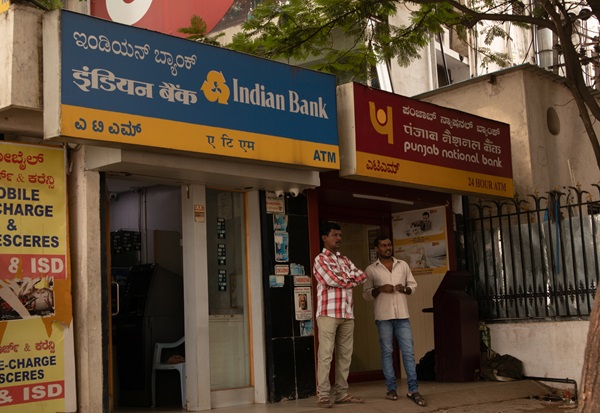.png)

Sanjay Mansabdar teaches finance at Mahindra University in Hyderabad. He brings 30+ years of global experience in derivatives trading and product design, including senior roles at J.P. Morgan, Bank of America, and ICICI Securities.
November 3, 2025 at 6:03 AM IST
The Securities and Exchange Board of India seems determined to save retail traders from their own excesses, even if it means driving them out of the derivatives market altogether. Its recent regulations appear shaped by a widely cited SEBI study on the profitability of retail traders. Though not entirely accurate or complete, the study importantly found that 93% of retail traders lose money, with average losses of about ₹90,000 per trader, of which transaction costs accounted for roughly 30%.
This has pushed many retail futures traders towards options, where adjusting strikes allows them to reduce the effective size of the positions they take. By paying about 25% of the margin required for a futures contract, they can synthetically create a futures-like exposure equal to roughly 20% of a standard contract by combining out-of-the-money calls and puts. In effect, a futures position one-fifth the size of a regular contract is being replicated synthetically.
While this brings capital requirements down to levels that retail traders can afford, it also creates several complications.
First, it pushes traders seeking NIFTY exposure into the options market, as seen in the overwhelming dominance of NIFTY options volumes over futures. Options are far more complex instruments than futures, carrying second-order risks that can quickly spiral if positions are not rebalanced correctly. Forcing retail traders into riskier instruments they barely understand is hardly a desirable regulatory outcome.
Second, this structure increases transaction costs, since multiple option trades are required to replicate the exposure of a single futures contract. As the NIFTY moves, these positions must be rebalanced, adding further to costs. Transaction costs already account for a significant share of average retail losses, as SEBI’s own study showed.
To meet their trading needs, retail traders are being pushed into using instruments whose risks they do not understand while incurring higher transaction costs in the process. This combination of complexity and cost is likely a key reason for the persistent losses observed in SEBI’s own study.
What is a possible solution?
Speculation is as old as the hills, and when the opportunity exists, retail traders will seize it. Expecting them to withdraw from derivatives simply by making participation more difficult is unrealistic, especially when the market itself offers ways around such restrictions.
SEBI, for instance, in 2013 disallowed a mini NIFTY contract that was two-fifths the size of its larger counterpart in the name of investor protection. Yet the very investors it sought to protect have continued to suffer heavy losses, as SEBI’s own research later confirmed.
Paradoxically, a remedy for the retail options overdose may lie in the opposite direction: reintroducing a smaller-sized NIFTY futures contract, modelled on the E-mini contracts traded in US markets.
Such a contract would give retail traders who wish to take short-term directional bets (in effect most retail trades in options are versions of this trade) on the NIFTY a simple instrument to express their views in a capital- and risk-appropriate manner without depending on the far more complex options market. It would limit their exposure to linear risk instead of forcing them to assume the second-order risk that comes with options.
Second, such futures positions do not require frequent rebalancing as synthetic options positions do. With this need removed, transaction costs would fall further, addressing one of the main contributors to retail trader losses.
Third, the instrument would allow retail traders who deal in larger options contracts to efficiently manage and hedge delta risk, a central risk in options trading. The existing NIFTY futures contract cannot serve this purpose because of its size. Reintroducing the mini contract would give traders a practical tool to reduce overall portfolio risk.
Fourth, it would help curb the dominance of option sellers, something this author has discussed earlier, leading to fairer pricing and a smaller distortionary impact on NIFTY and its constituents.
Some concomitant effects will need consideration.
The coexistence of multiple contracts with identical per-unit pricing should attract arbitrageurs seeking to profit from differences between the smaller and larger instruments. While this is not undesirable in itself, SEBI’s recent strictures against firms such as Jane Street could limit such activity, leaving scope for temporary price disparities between the two contracts.
Such a move may also face opposition from exchanges and brokers who fear an erosion of options trading volumes and related revenues. SEBI, in turn, would have to reverse its earlier stance on the mini NIFTY futures.
Even so, reintroducing such a contract would directly serve SEBI’s stated goal of protecting retail traders, by giving them a simple, comprehensible instrument that makes participation less risky and less expensive, while reducing losses and stabilising the options market.




